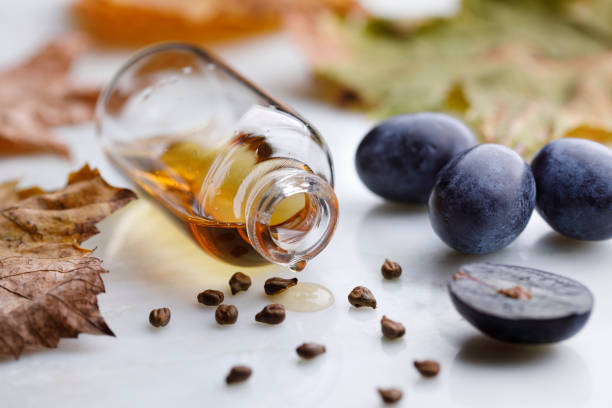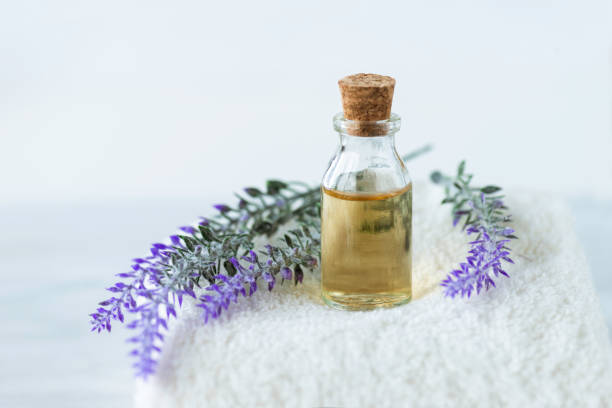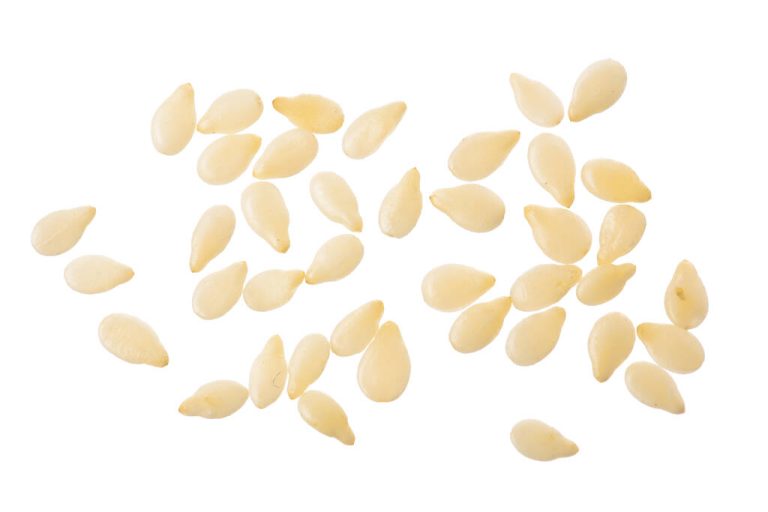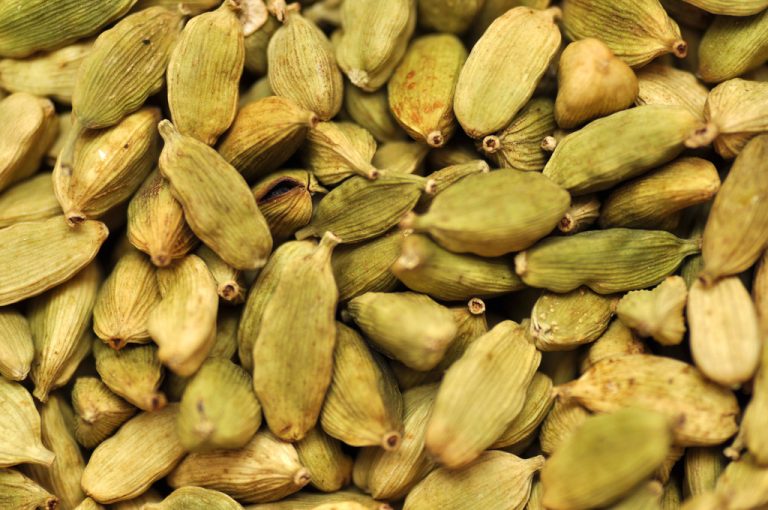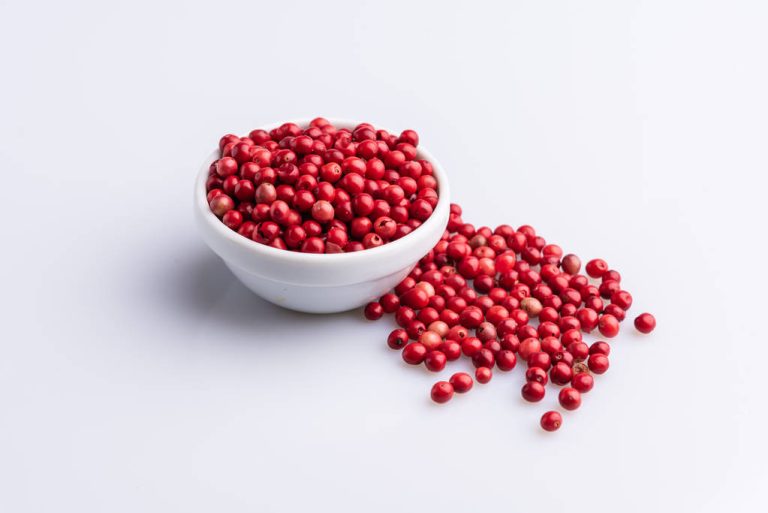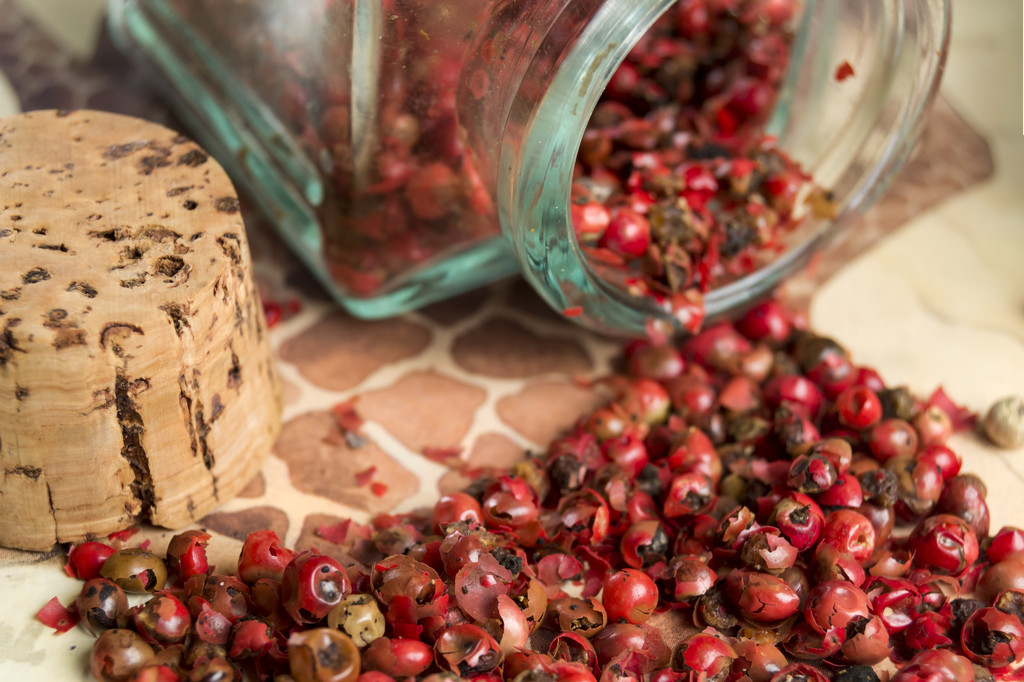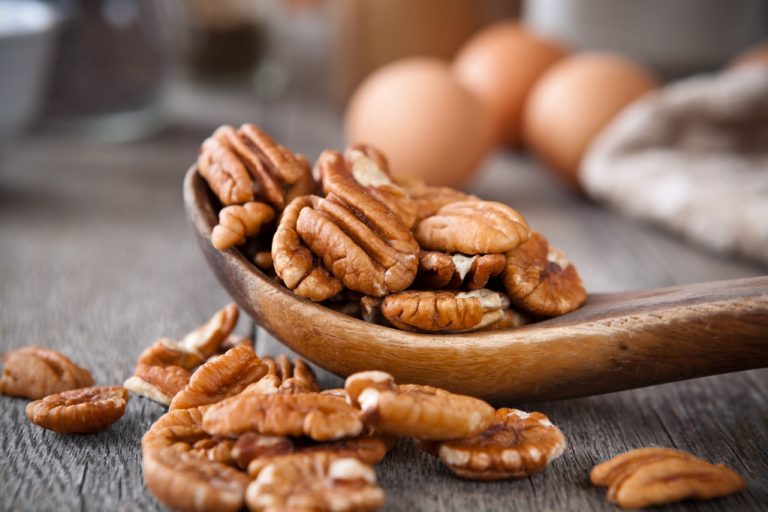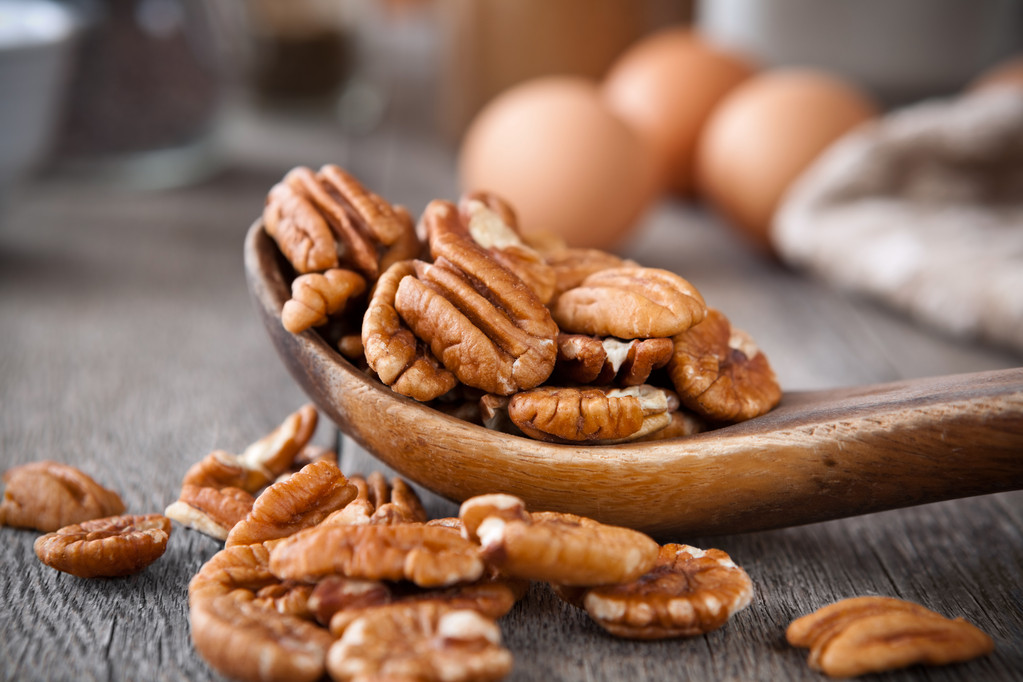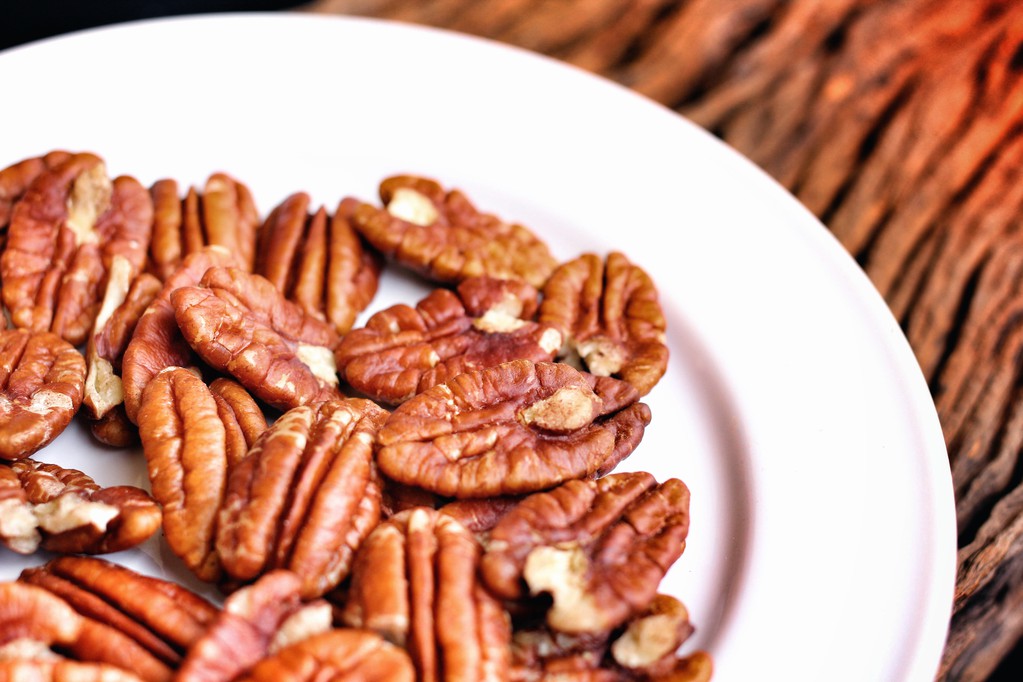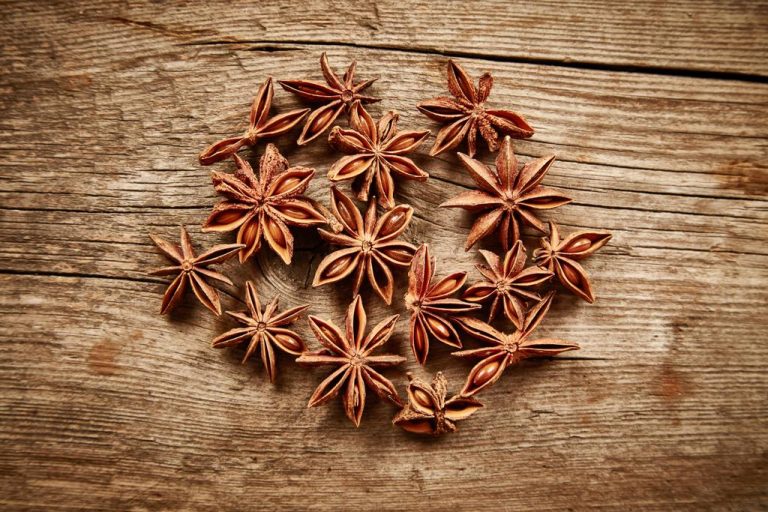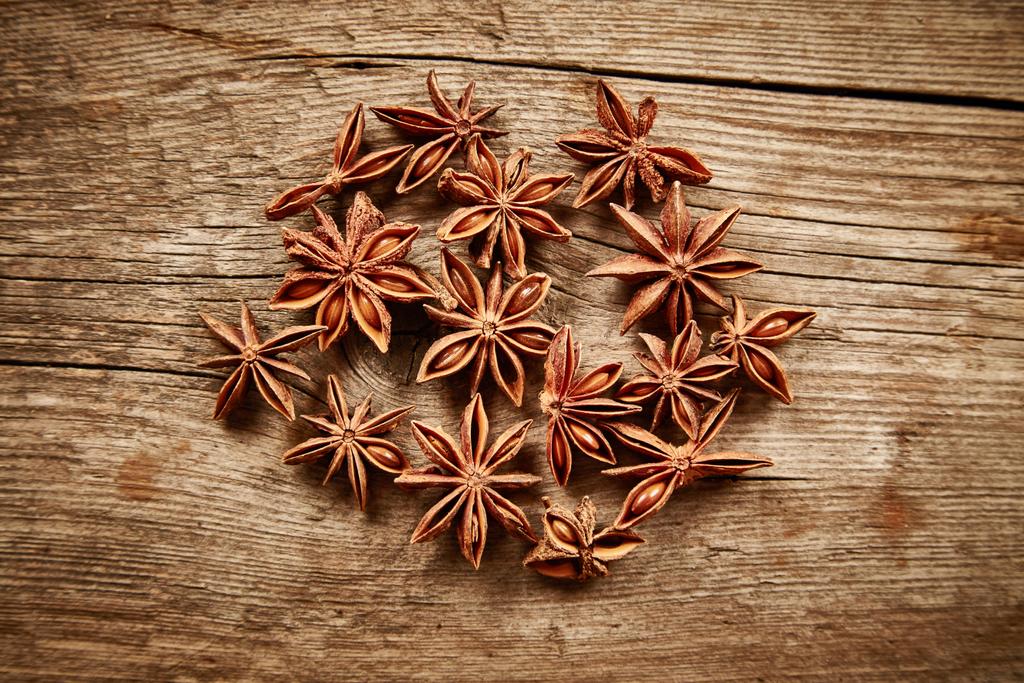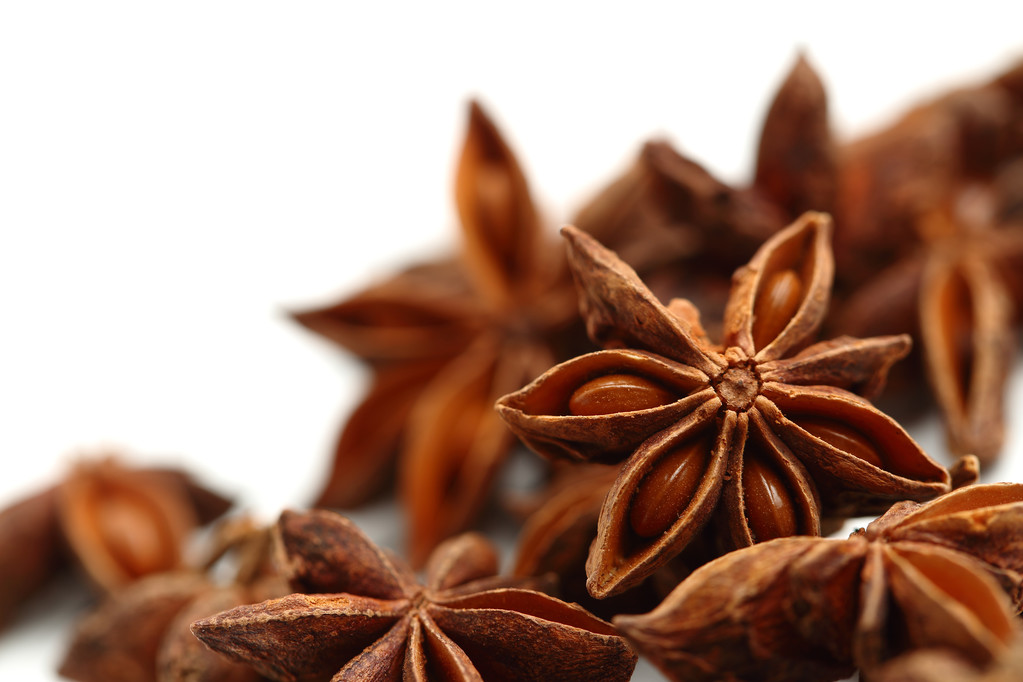Baking powder is a home remedy and miracle cure in everyday life. Have you always wanted to know what you can do with the powder apart from baking? Here you will find the answer! From baking to cleaning, baking soda is a jack of all trades.
You can not only use baking powder for baking but can also be used in the household, in the garden, and in the beauty sector. Here are a few ways you can use the miracle powder. We also clarify what baking powder actually is.
1) Clean grout with baking soda

You can also use baking soda to clean your grout. It is particularly difficult to get rid of stubborn dirt between the joints. But with the application of the powder, it is very easy. To do this, take the powder and mix it with water. Then you can clean your dirty joints with an old toothbrush and the resulting.
2) Remove limescale deposits with baking soda
Limescale deposits are annoying. You should remove them regularly, especially in the washing machine or other appliances. If you want to remove limescale from your washing machine, you can also use the miracle powder here. Accordingly, mix water and the powder into a paste. Then put it directly in the washing machine or in the detergent compartment. Then run the washing machine through once at 60 or 90 degrees. Also, note our other tips for descaling washing machines.
3) Clean sink with baking soda
Descaling the sink or general cleaning of the sink can also be done with the miracle powder. To do this, sprinkle the affected areas with the powder and leave it on overnight. The next day, rinse everything off properly. You can also use the powder to effectively clean the toilet.
4) Remove fat deposits
You can also use the miracle powder to remove fat deposits and grease stains. Because it can bind liquids and odors. So mix the powder with water to make a paste. Then apply it to the affected areas and let it dry. You can then brush off the dried powder and the fat deposits are gone. The effective household remedy of washing soda can also be used to remove fat deposits.
5) Eliminate mold stains

Baking soda is a good mildew remover. Consequently, you can use it to clean your awnings if they are affected by mold stains. To do this, mix the baking powder with water to form a paste. Then spread it on the affected areas. After everything has dried, you can brush off the mass. And your awning is clean again.
6) Washing hands with the miracle powder
Due to its antibacterial properties, the powder is just as suitable for effective hand washing as soap. Since it also acts like peeling, it is also recommended for heavy soiling. So just put a portion of the leavening agent on your hands for baking. Then rub it with some water for a few seconds. Finally, rinse your hands with clear water.







